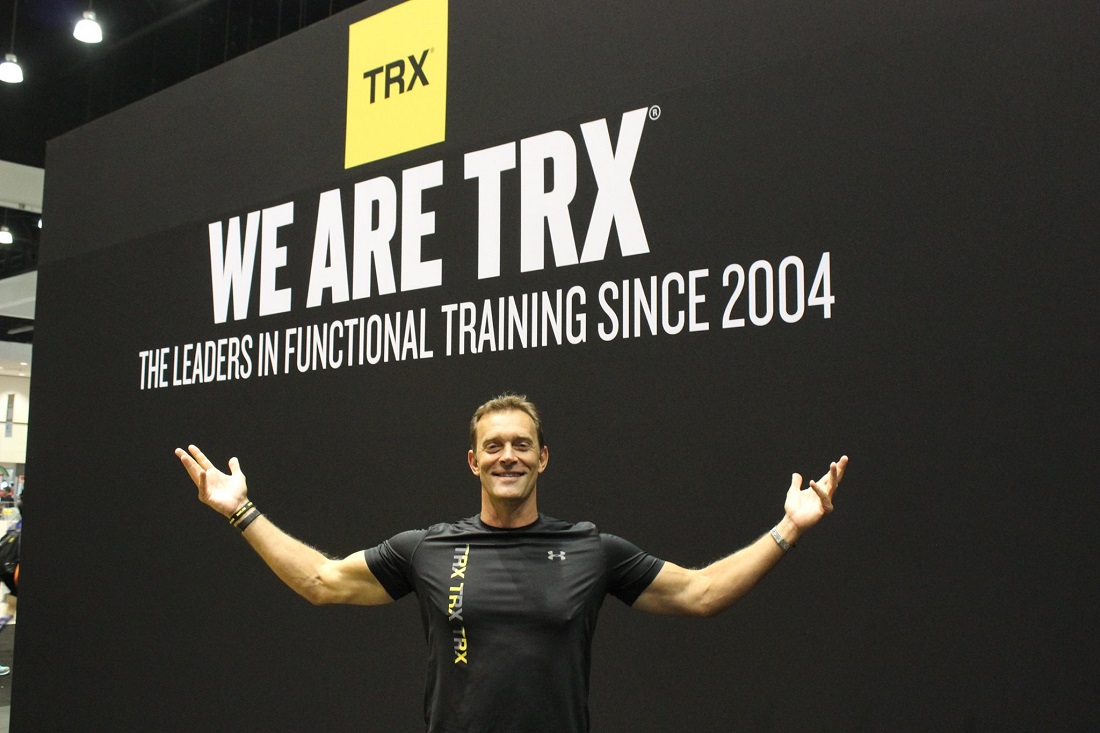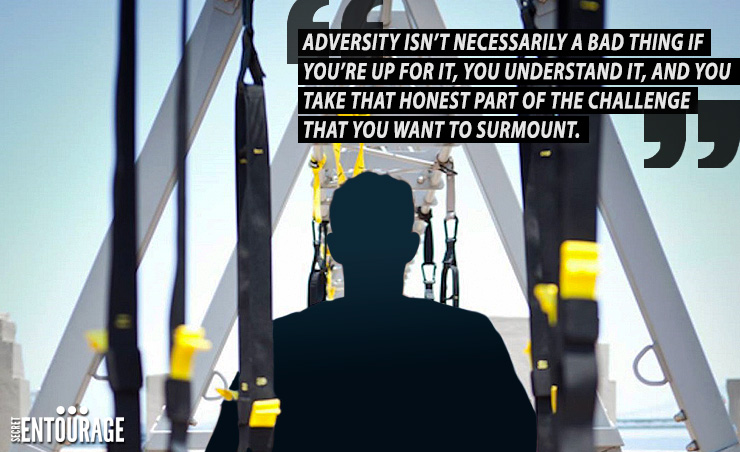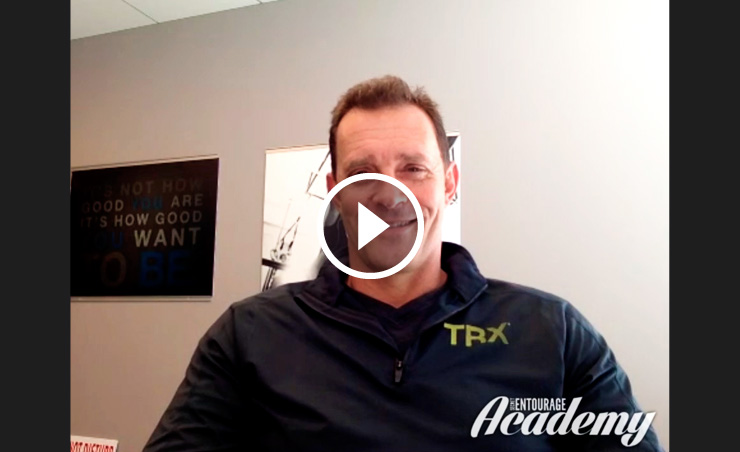You have an amazing work ethic and always strive for achievement, where is this stemmed from?
I’m trying to instill the same thing in my own kids right now. I think it was my folks. They were both very different characters. They are both very hardworking and detail oriented who’s parents were born, raised and lived through the depression. The combination of always believing in my capabilities, yet hammering me to optimize those abilities allowed me to become who I am today.
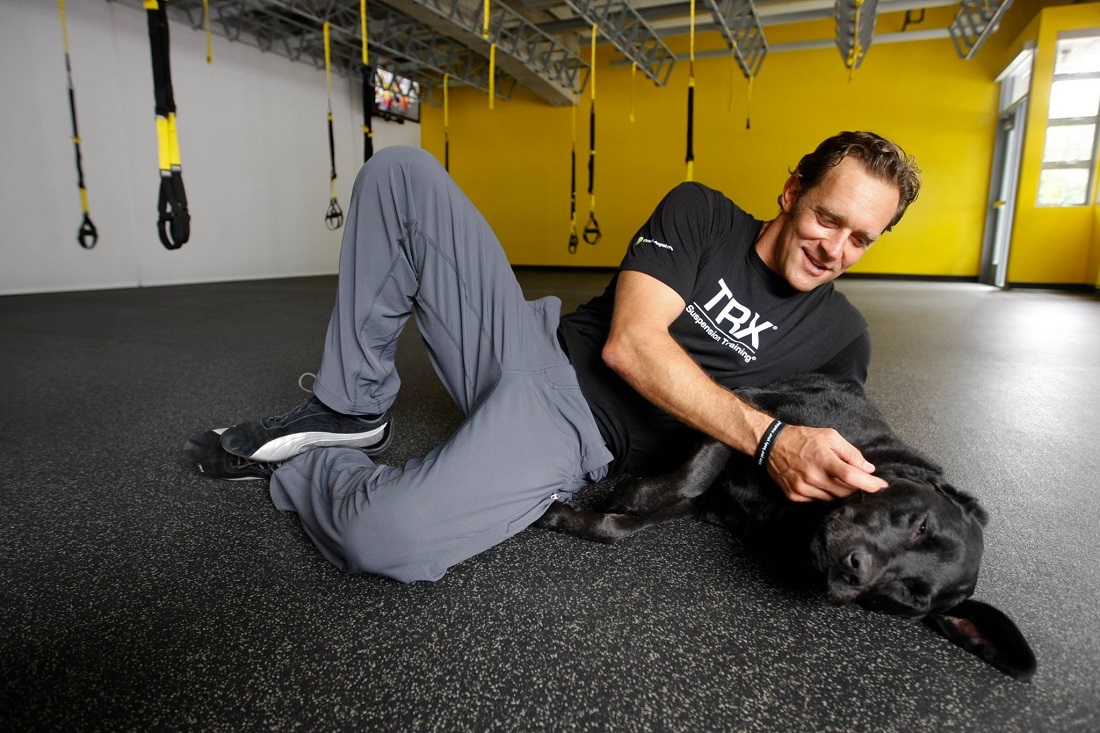
Can you share a little bit about your military background and how that impacted your work ethic?
Sure. Well, I went to UFC undergrad where I was a rower. During my junior year, I got really interested in the idea of service. The idea of testing myself in some unique situations prior to going to business school also intrigued me. That led me to the idea of elite service because that’s how I sort of viewed myself. If I was going to serve, I wanted to serve at an elite level and I ultimately ended up defining where I went by very dubious criteria – which was whatever program had the highest attrition during selection. That was my #1 selection criteria, it was the group with the biggest washout rate and that was all in the sort of “testing myself” side of the equation. That led me to the SEAL teams, which had about an 80% washout rate at that time.
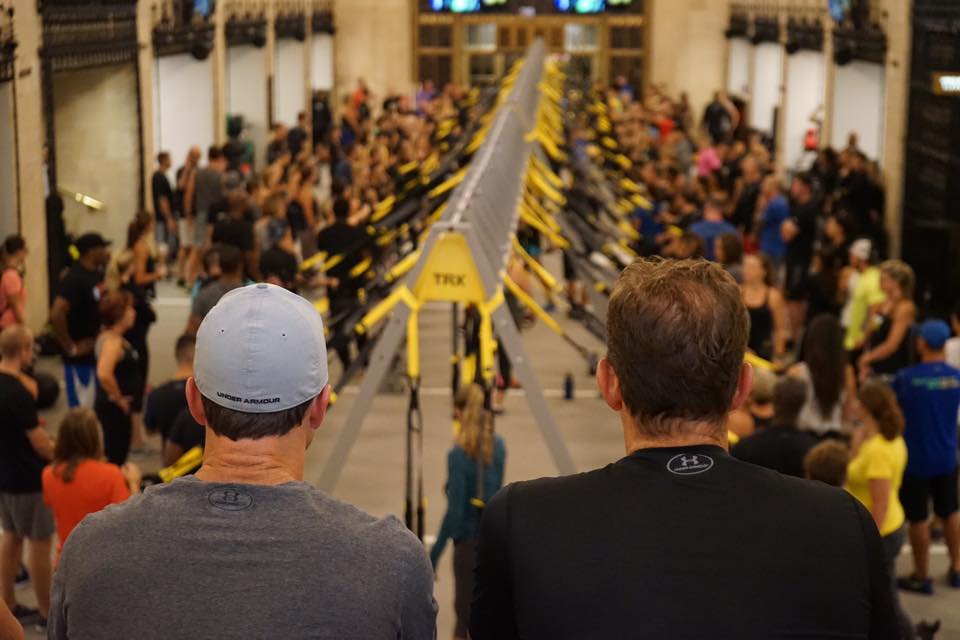
I set my sights on this and it took me about a year of lobbying to get accepted to the program. I ended up going into that organization with the idea that I would serve for four years and then go back to business school. I got into it, loved the service, loved the organization, and ended up staying 14 years before going back to business school at Stanford.. It really prepared me for my future. The military does some many things for a young kid, including learning how to lead, understand the concept where other motivations besides financial gains can be rewarding – besides solely financial gains. You get a pretty thick skin in the SEAL teams because you’re always put in difficult situations, which turns out to translate very well into entrepreneurship. God knows you need thick skin as an entrepreneur.
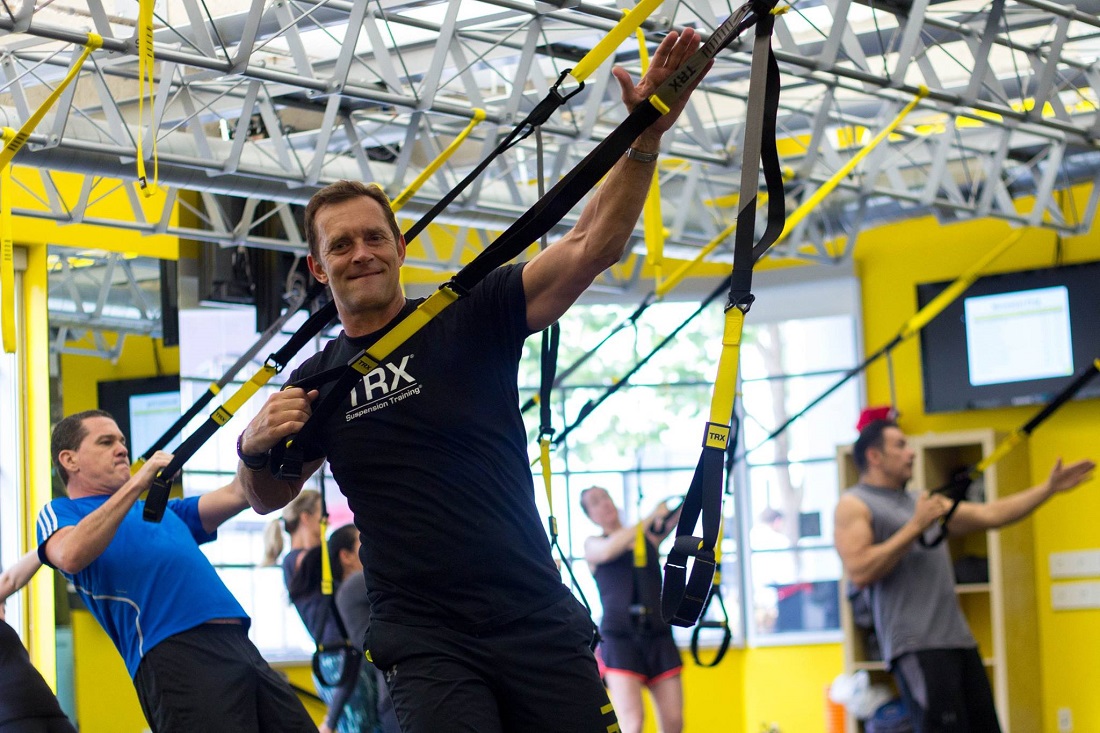
Is there anything you learned about yourself during your 14 years in the military that you had imagined would come out?
Yes, I learned so many things about myself. The biggest learning experience has become a huge part of my overall view on life. I took on a goal for which I was reasonably, but not supremely equipped to succeed. It was a damn gnarly goal of becoming a Navy SEAL. Once I earned the right to be a SEAL team member, I set my sights on providing myself an opportunity to join the special missions unit – which is the elite of the elite.
I learned that if you just keep cranking, stay focused, don’t let the artificial summits break your heart, don’t buy into the binary view of “if I screw up, I’m done” mentality, you realize failure is part of the process in getting to where you want to go. Once this happens, you realize your really lofty – and almost preposterous – goal suddenly becomes not so preposterous. It becomes reasonable. Your goals get in your sights allowing you to achieve them. You end up asking yourself, “Where do I go now? What’s next?” I did that over and over during my SEAL tea career and that made me realize that anyone can achieve pretty much ANYTHING they set their minds to. I guess the old saying is true.
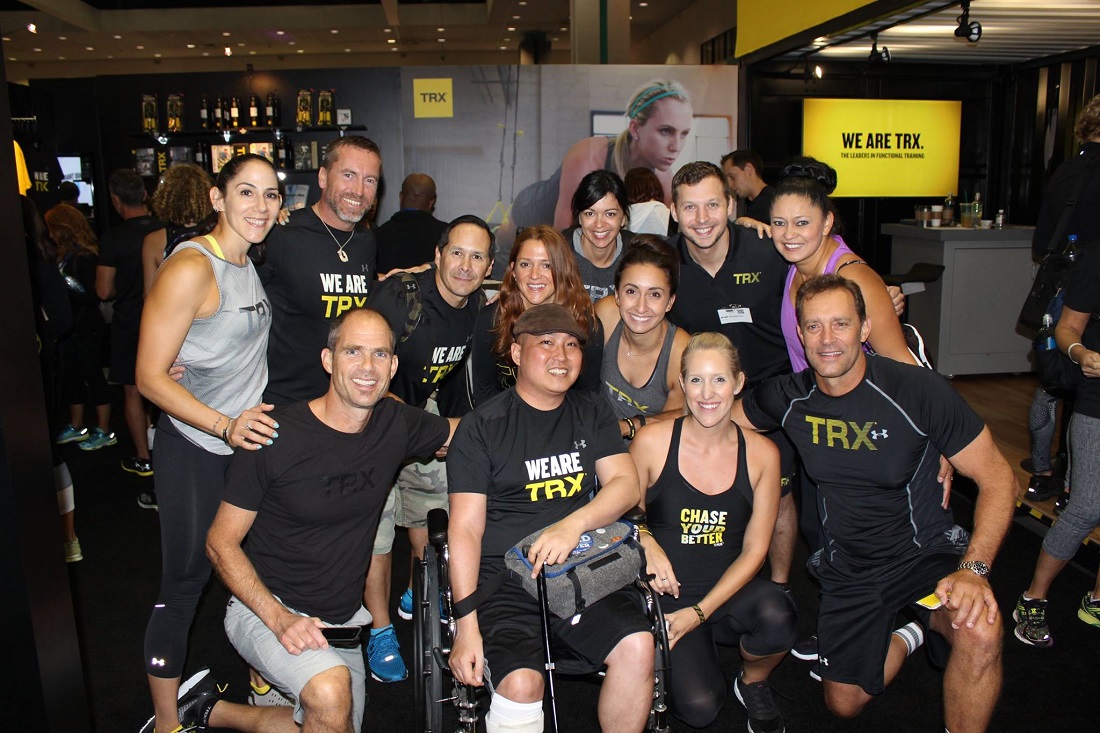
“You start to realize some truths in life and one of them was the point that I made it. You really can achieve your goals, but an equally important one is realizing what your limitations are and where the chinks in your armor may be.”
– Randy Hetrick
Did you discover this idea of the suspension trainer while serving, or was there something completely different which gave you the idea?
TRX does not exist today because I had a vision for a business. It was truly the kind of quintessential invention of necessity. We were deployed so much during the mid 90’s, but never into any locations where there was access to a gym. You have this group of special operations members who are all essentially professional athletes in uniform. They’re used to training 2-4 hours a day minimum, similar to a professional athlete. Back on the home front, we had a world-class facility, but when you get deployed, you suddenly lose access to that consistent training regiment and your back to doing what the Romans did. This led to the inspiration behind TRX. I wanted to create something that would help with the simple need of training the climbing muscles for an underway ship boarding mission that we had to be prepared for.
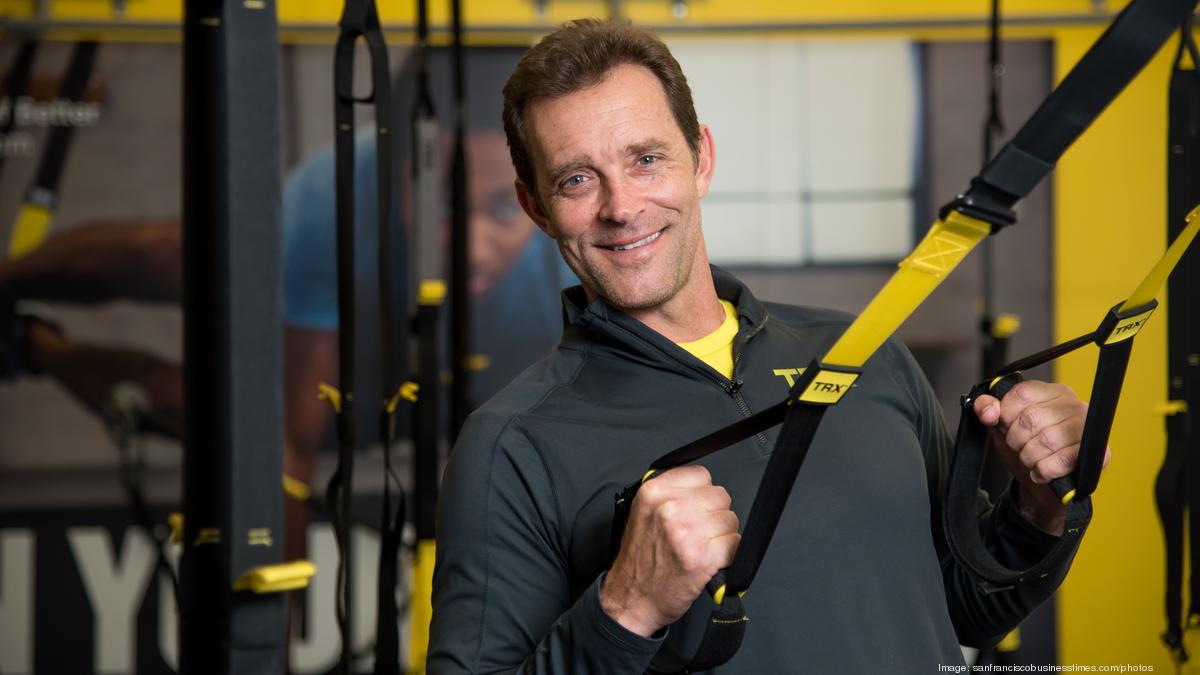
I wrestled in highschool. I climbed a lot of ropes and did a lot of plyometrics. I accidentally deployed on a mission with my blue jujitsu belt in my bag – completely random that I happened to have it. I grabbed it off the floor in my cage and stuffed it in my bag as we were loading out. I ended up in Southeast Asia in this little warehouse staring at this jujitsu belt, which was not super useful, but I got the inspiration to utilize it. I tied a knot at the end of it and threw it over a little door inside this warehouse, closed the door, then leaned back to create what today has become what we call “functional training”. I wanted to create the exact functional movement of climbing a caving ladder, but using my body weight as the resistance force. That was the spark. That was the moment of inspiration and then I just kept goofing around with it from that point forward.
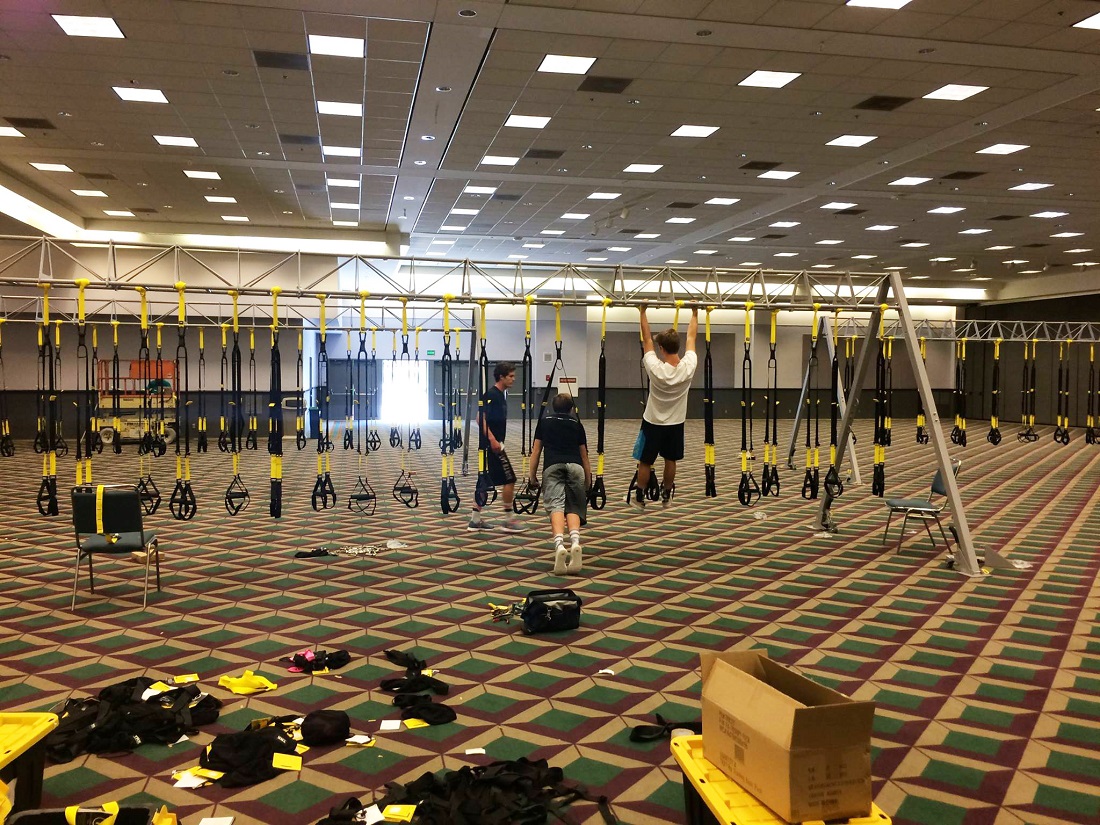
Why did you choose to go back to school after you served instead of straight into business?
I think it’s important. I think this even more so now that I’m older. You start to realize some truths in life and one of them was the fact that I made it. You really can achieve your goals, but an equally important one is realizing what your limitations are and where the chinks in your armor may be. When I left the military, I was almost 36. I didn’t have a lot of opportunity to screw up too many times and so I realized that I’m really good as a SEAL, but I have virtually no knowledge as an entrepreneur or as a business person of any organization. It made sense to me to go and have a reset point to learn a new vocabulary, to learn some critical skills and then get myself a reasonable opportunity to succeed in the next chapter. I realize that there’s a lot of stuff I needed to know that I didn’t know yet.
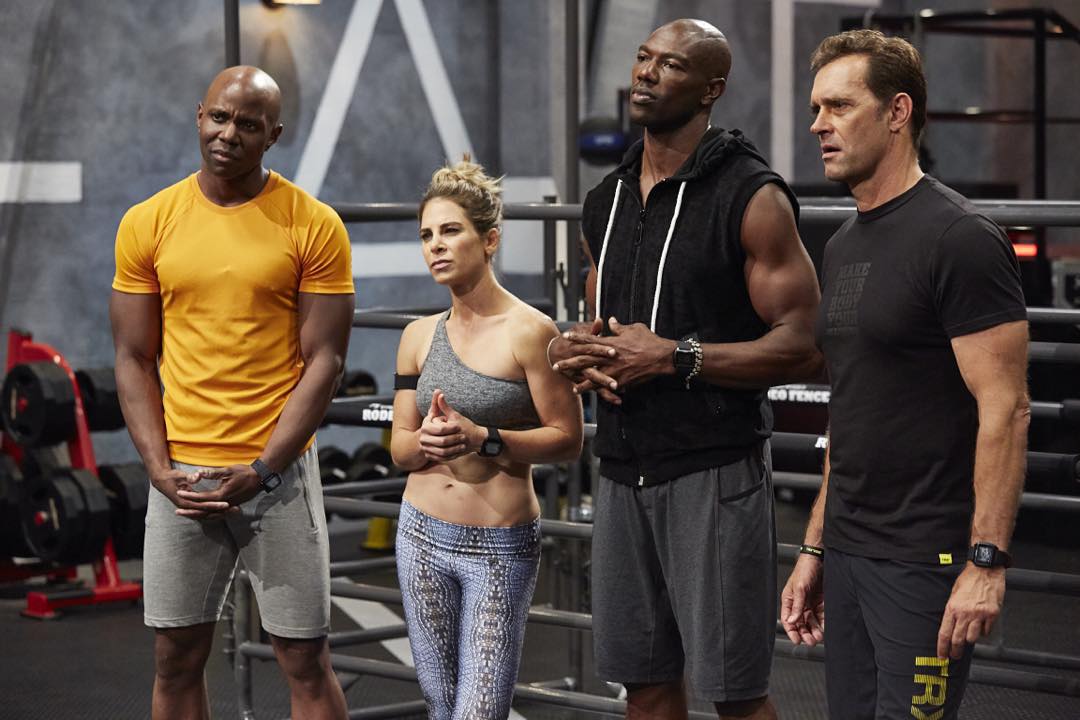
Once you got out of school, how did you validate your business idea?
A lot of the guys in the squadron were saying to me, “Boss, you got to go make a million bucks with your gizmo,” because it had become pretty popular by then in this very small, insular ecosystem. My body was better and stronger, and frankly, more pain free than it had been in more than a decade even though I was older. Even though I was an old man at 36, I was feeling better than I had at 26. I went to Stanford and though I would end up at a big company, not my own. It wasn’t until I was at Stanford that I started creating focus groups of masterminds with my classmates.
It was all very positive and very interesting. I knew the TRX did something that nothing else on the market could. In between my first and second year, I focused on developing the TRX, going from Cro-Magnon toward the prototype then to something that someone in the civilian world might actually contemplate using. I used the entire second year at Stanford to conduct focus groups, business plan development, market research and prepare myself to start a company after graduation, if I decided it was a valuable endeavor.
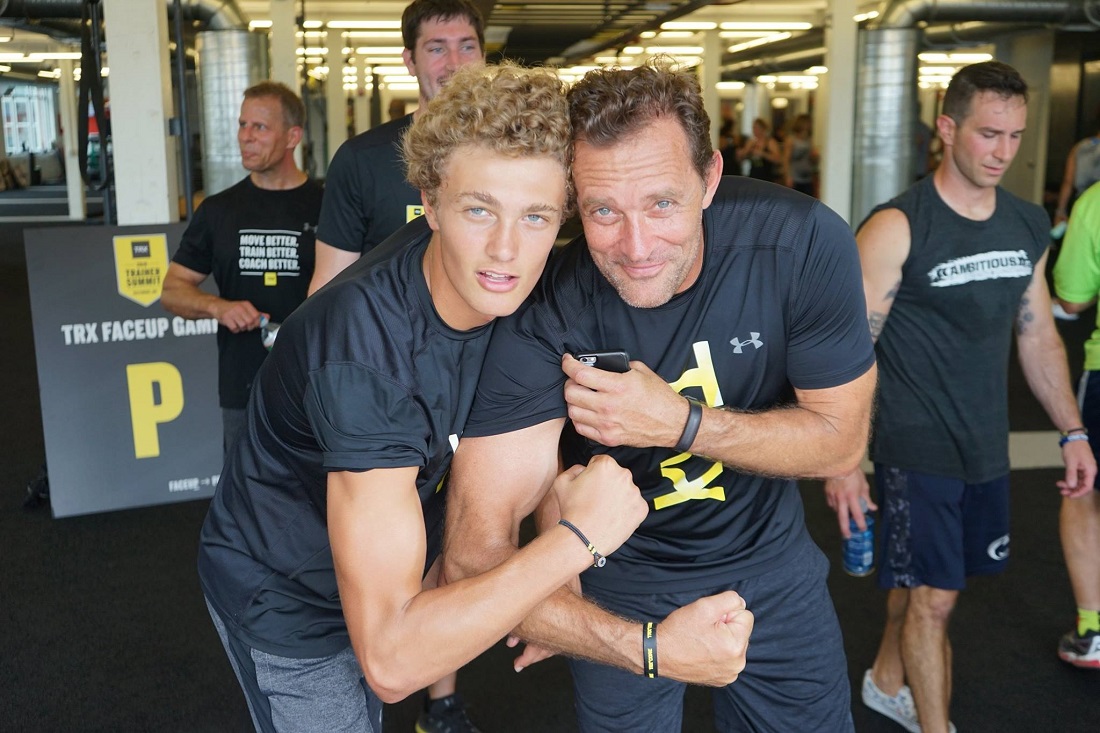
What do you believe contributed to your product becoming so popular?
We never did any infomercials and to this day, we haven’t done direct response yet. We may do some direct response over the next couple of years. When I say “we”, I mean my dog Blueberry and I, because that was my team originally. We developed a concept that was aimed to win one trainer at a time. To aim at one fitness professional at a time and turn that person into an advocate, into a brand ambassador because they are looking for great new things to deliver value to their clients. If we could be one of those things and then start to develop a support system that made them successful, then in turn, they would carry us forward. That was the thesis and it’s not the fast growth. It’s not the fast road to riches. It’s a really organic and labor-intensive way to grow a brand, but the good news is, if you can turn others into not only customers but brand advocates because you’re part of their business, then you transcend the risk that you’re a flash in the pan, that you’re just a trend because they are too invested in you to let you become a trend that fades away. That’s how we did it.

For us, one of the very early ideas I had was selling into speciality retail stores, which proved to be a tough road. There were very low margins and a lot of time invested in selling a few units at a time. I went to a fitness trade show down in San Diego (IHRSA), where we sold out ever unit we had in one day. That was one of those moments where you go, “Alright, wait a minute, I thought we were this, but the market is telling me we’re something different and maybe I should pivot and pursue that.” That was an important early tipping point. It also gave us proof of concept that we could take to Angel investors and say, “Look, here’s what happened at this show full of trainers who make their living in this space.” That’s market validation, which allowed us to raise a little bit of money.
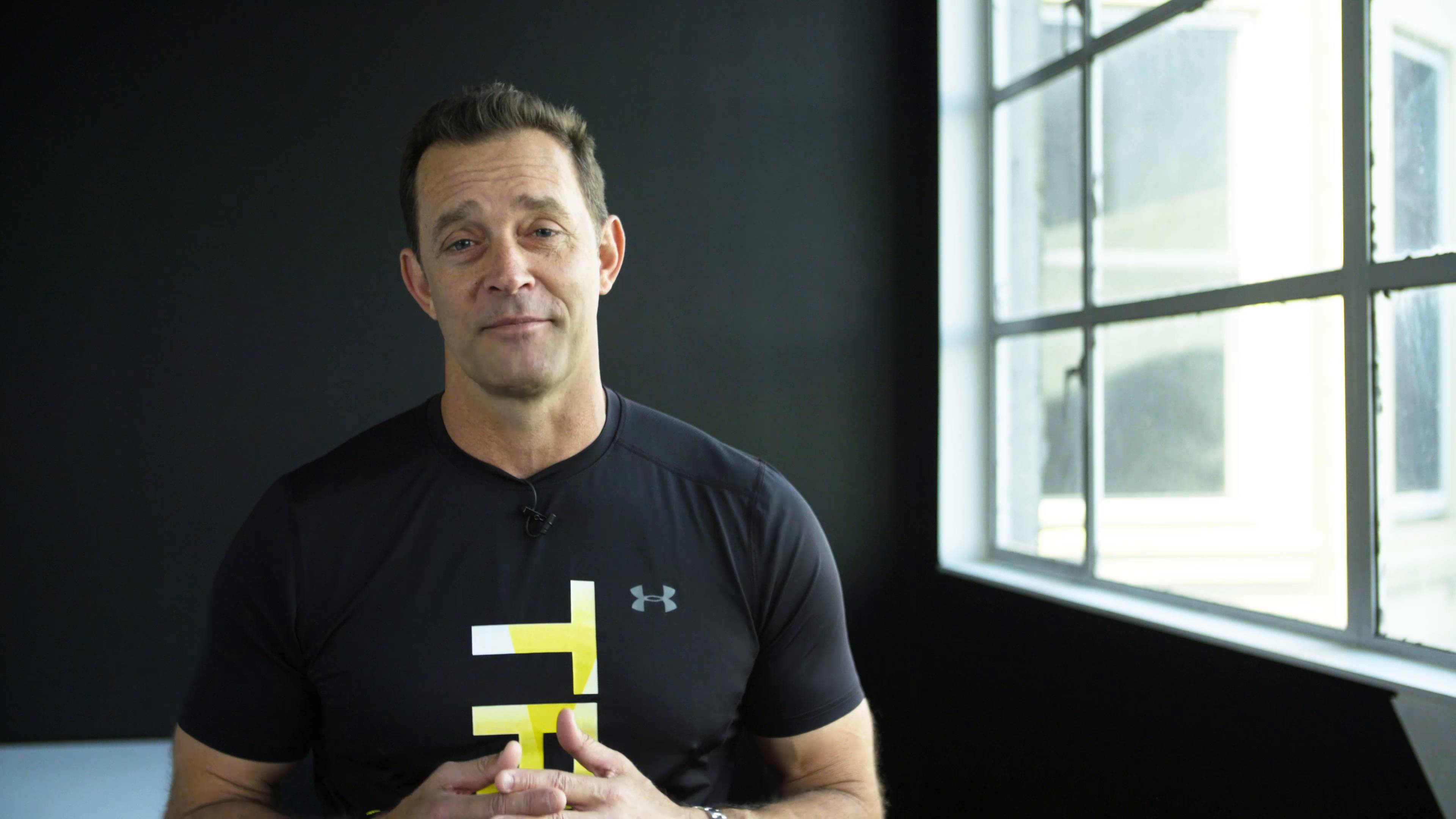
As the company continued growing, what became the biggest challenge that neither school or being in the SEALS prepared you for?
I think the biggest challenge with success boils down to communication. I remember somebody telling me that everything changes when you have 50 people and that really turned out to be quite true. It’s communication both internally and externally. You start to have things that used to happen organically when there are 10 people in a room and you can event have a private conversation much less have the ability to communicate the important concepts of your business. That all changes when you suddenly have 50, 60, 80, 100 employees. Communication becomes challenging and then you also have to account for different people’s agenda and the fact they want to push different objectives. Aligning those objectives and communicating those objectives within an organization and then externally to your customers becomes the biggest challenge, I think, of growth.
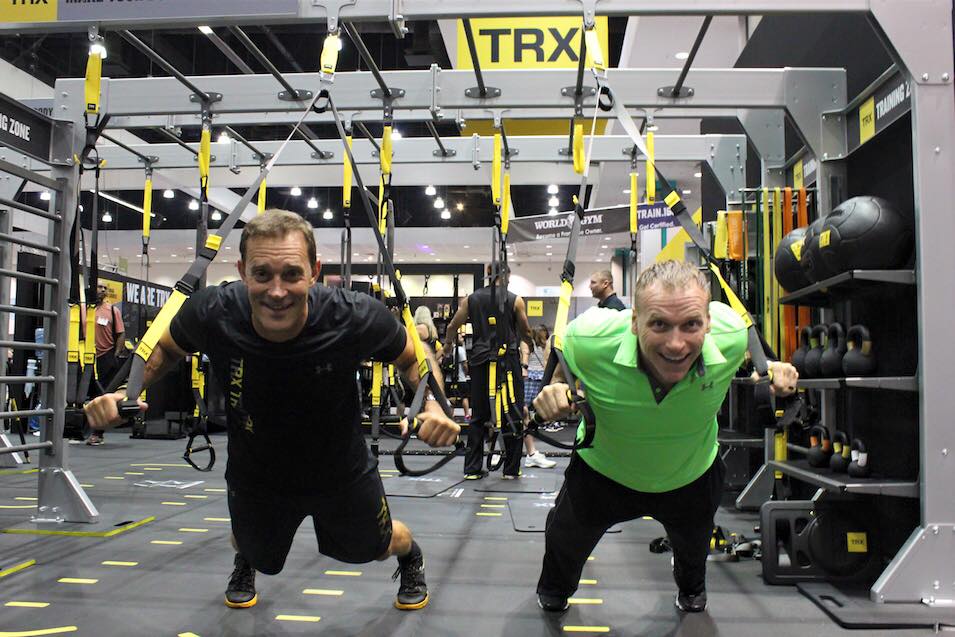
What obstacles did you come across that you struggled with?
I think it was the combination of several things. One frankly is, look, when you don’t have any money to spend, that constrains the range of talent that one can get. Very often in underfunded startups, you’re not starting with necessarily the best and the brightest in their respective domains. You tend to be starting with folks that are 1) available, and 2) that are generalists, because those tend to be the kind of folks that gravitate toward little startups. The challenge there is that if you’re successful at all, you very quickly start to stretch their depth and your own. I mean, I didn’t have the experience, for instance, to lead a marketing group. I didn’t come from that background.
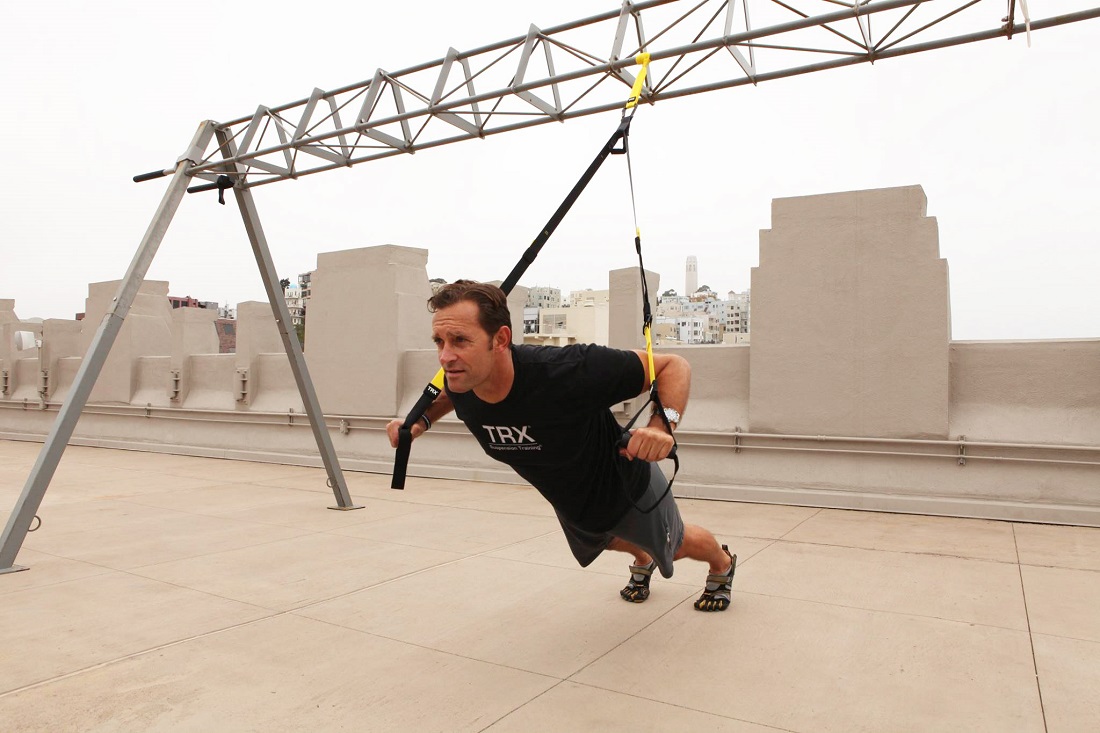
I was quite good at creating and selling a product and leading a group, but I wasn’t the guy who was going to be able to provide in-depth marketing expertise. That’s just one example that you see throughout an organization when you’re trying to scale from that little tiny startup to a medium-sized firm. You have to transition from the broad and shallow to the more narrow and deep expertise model where you need people whose scope is narrower but whose scale of their expertise is deeper, and that’s hard to get because those people are getting lots of money at big firms, which is where they got the skills. I think part of the problem in my case was just having folks that didn’t have a depth of skill in areas where we needed deeper skill.Another one, the big mistake I made is that I came from this group of guys who would burn themselves to the ground to deliver on their commitments. That’s just rare. You’re lucky if you get a handful of those in an organization. I came from an organization that was chockfull of those kinds of guys and so I think I had an unrealistic expectation of what was reasonable in terms of how big a bite are we going to take? How many things are we going to try to do at once? Because I just made an assumption that everybody in the organization was going to be like me and would work all day, all night and do whatever it took to deliver, but that’s just not a realistic expectation in the civilian business community.
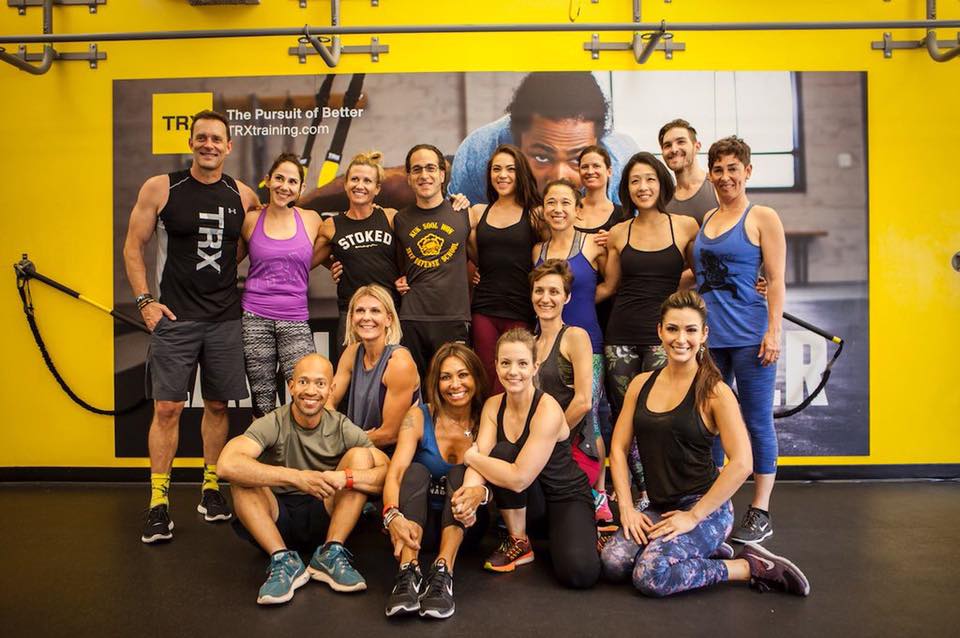
Looking back, what has been the best business decision you’ve ever made pertaining to the growth of TRX?
I believe that choosing our brand position and the kind of brand we were going to be was a very good decision, which was we set our sights on being truly innovative and first in class or we wouldn’t do it. Those were the hurdles that I set – a premium brand that was really fundamentally anchored in the idea that we are going to innovate in this industry and we innovated in multiple levels. Obviously, the suspension trainer was a pretty cool tool that had never existed before. That opened up a whole pool of innovation that we could bring to the industry, but then we innovated on several other levels.
We created, really in the fitness industry, the first what we call our triple threat business model, which is a piece of innovative gear that you then wrap in really expert program design, meaning the content that you built for it delivers results to whoever the end user is, and then we created this model where we became the largest provider of professional education in the training industry. TRX became what it is today – the largest provider of specialized education to training professional. We conduct about 2,000 courses around the world each year.
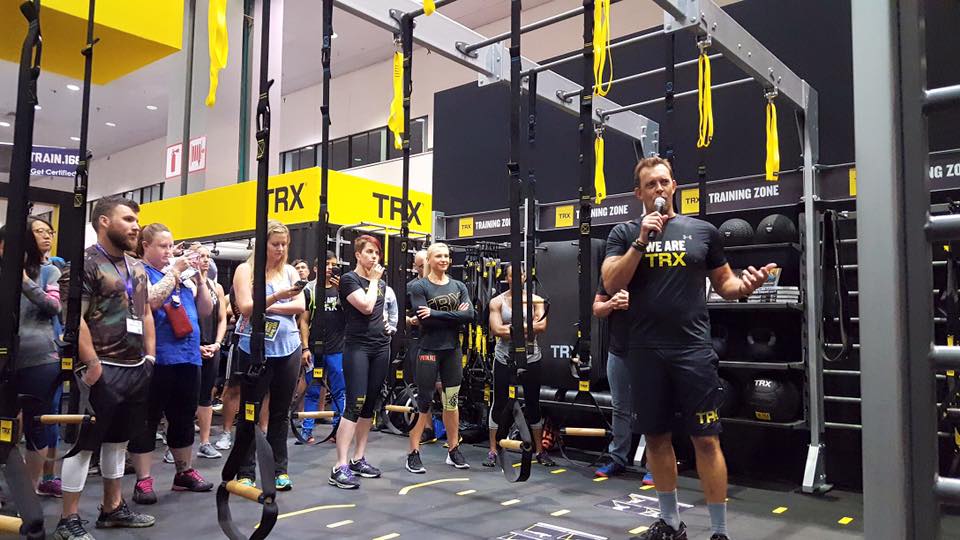
That business model was just very different and innovative from what existed where people saw widgets and had to figure out how to use them. Sometimes, there were certification companies that were pure education, but didn’t care what tool a trainer was using. They were more about biology and physiology. We created this sort of amalgamated model that took your content and education and put them all together. That was fundamentally innovative. I think in choosing the kind of brand characteristics of the company that I wanted to launch, I got it right and that was very important because it’s hard to change once you get out there.
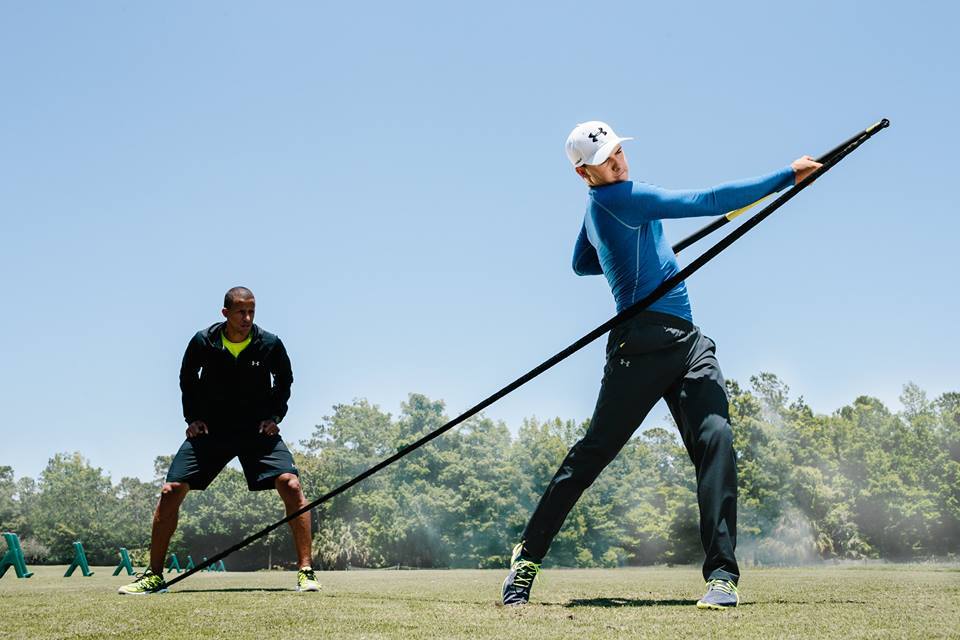
What has been the core of the success from a marketing standpoint of TRX?
Well, our most effective marketing vehicle has been our education wing. No question. We deliver 2,000 courses year round worldwide with 20-30 training professionals per course. You do the math on that. Right over 10 years, we’ve put 200,000 training pros through our qualification courses, each one of whom touches 200 end users per year. For us, we focused on education as our content marketing. DELETE if you want to talk current terms. We became very early advocates of content marketing in a variety of different formats. Early on, we used YouTube, which proved to be one of the most effective channels for us.
I think, over time, YouTube has become less effective because it’s overwhelming in its body of files, but YouTube was, and I still think is, a very cost-effective way to showcase your product exactly as you want it to be seen, as essentially no cost. There aren’t many modalities of marketing that fall in that category. Your main question is how do you get the eyeballs on those pieces of content. I think social media is currently the best way to market and promote YouTube content.
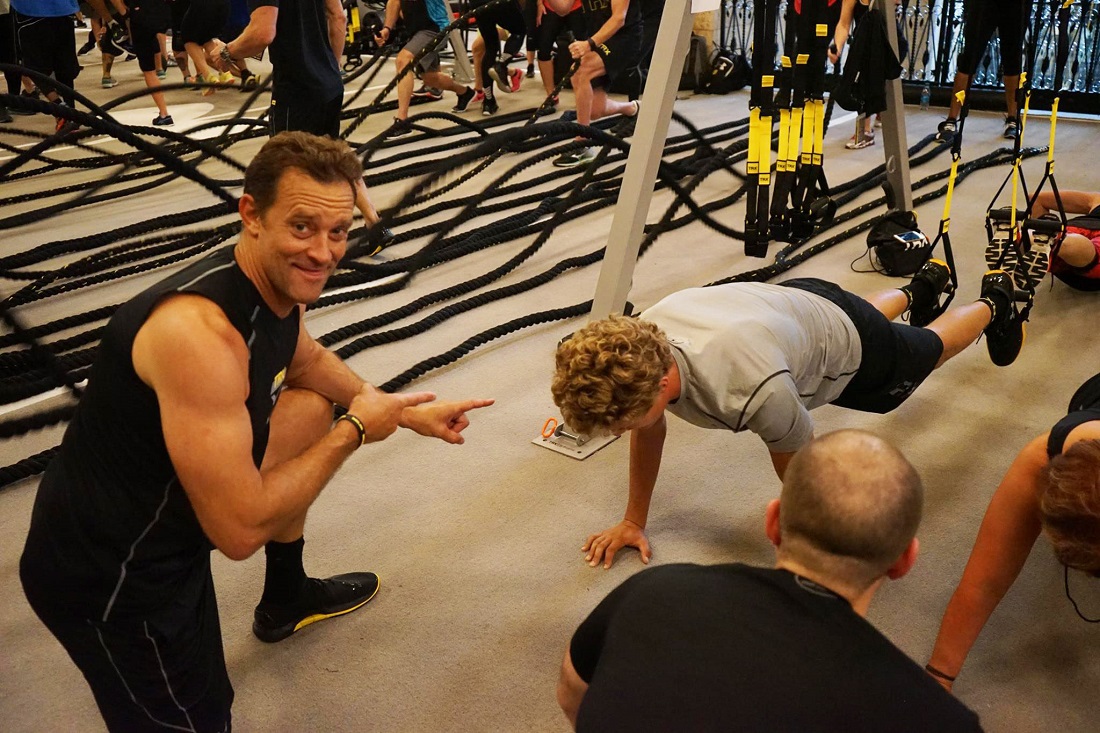
Is there a reason TRX got into the supplement industry or is it indirectly related to the supplement industry in a separate vertical?
Well, the reason it didn’t before is because again, going back to the advice I just gave, you really have to make sure what you’re proposing to do adds unique value. Also, you only have so much bandwidth. It’s the old classic, when the sun shines down on the sidewalk, nothing happens, but you go take a magnifying glass and focus those rays on a leaf and you can start a fire. For both of those reasons, one, there are plenty of good supplement companies out there and we wanted to be best-in-class, which we couldn’t.
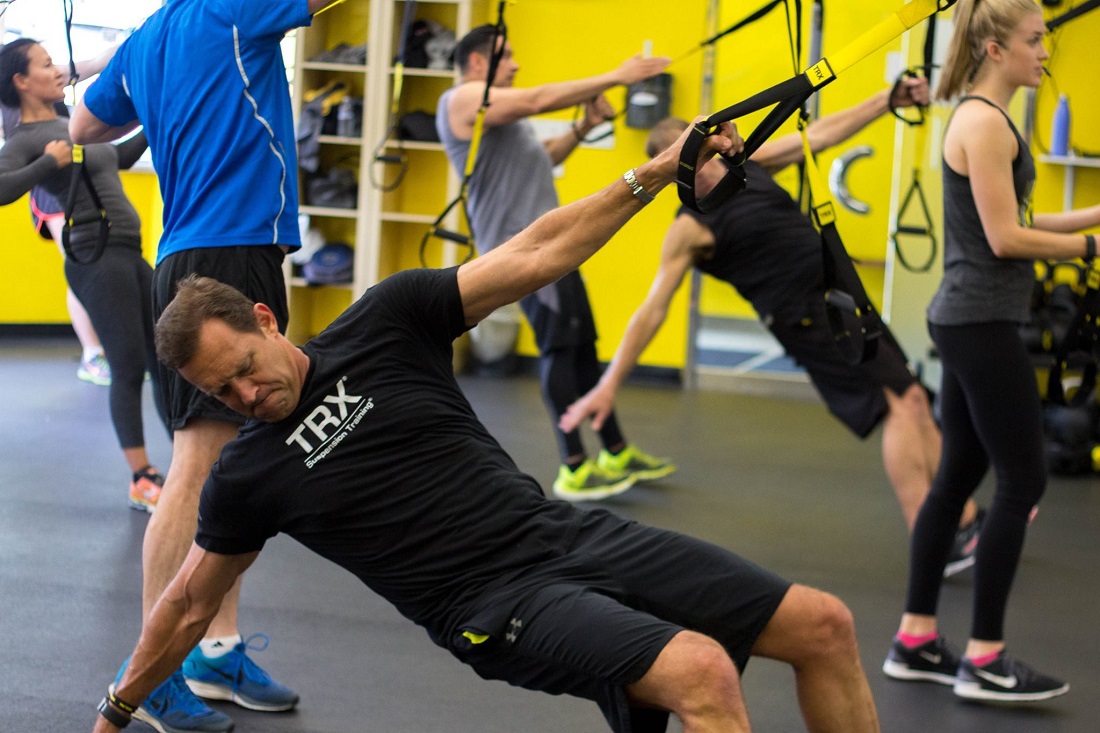
Second, we only have so much bandwidth and if we want to be the best in functional training, there are going to be some things we cannot be the best at. Up until today, nutrition was one of those things we left to others because of the lack of bandwidth. Now, with that said, I can tell you that we’re working on a couple of projects now that we will evaluate for late this year, maybe early next year that are in the supplement space. If we believe we’ll truly bring something unique to the table that will solve a real problem that currently exists in the market and leverages our 20 million end users we touch each year, then we’re in a good spot and you might see us do that, but I think sequencing is everything. Then you might see us do that, but I think sequencing is everything.You get a great idea in the wrong sequence, you’re going to fail. You have a crappy idea, put it in the right sequence and it can succeed. That’s the answer to that question, but stay tuned because you might find us helping you make your body your machine on the nutrition front too at some point.
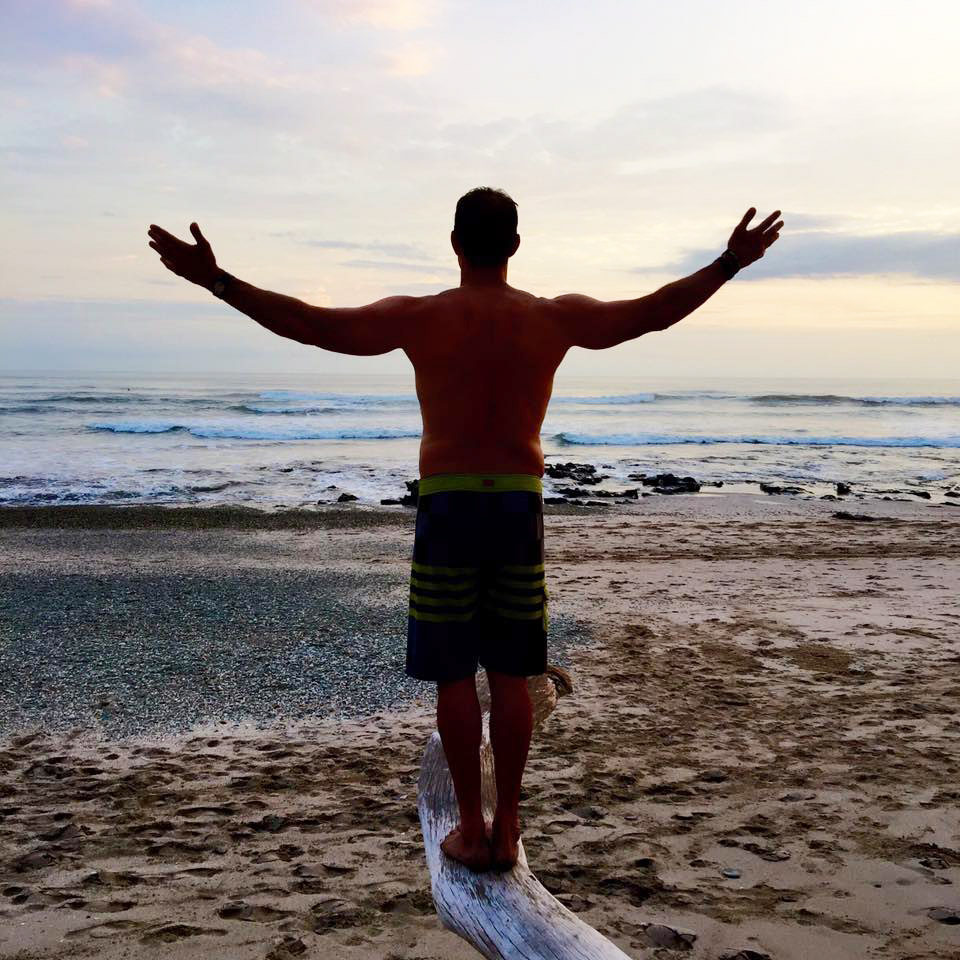
“If you’re going to bring a product to market, you really need to make sure it’s solving a real problem that you haven’t talked yourself into believing exists. If so, you might be able to make a lot more money taking your talents and deploying them on behalf of some other brand that’s already out there.””
– Randy Hetrick
Did you experience industry competition in the early stages compared to now?
I remember when I first started raising money from angel investors. I had some folks asking at that time, “Well, who are your competitors?” I answered, “I don’t have any.” It was true at that time because no one wanted to compete. That’s the interesting thing about competition. A lot of times, it’s the innovator’s dilemma. Nobody wants to copy you until you prove that your idea is good. It takes a lot of investment to achieve that level of proof and just as you’re trying to start to recoup that investment in this category that you’ve created, in pile all the knock-off products who want a quick path to riches. It’s an interesting thing because you’ve already spent a lot of time, energy, money, and you’re, at some level, depleted and fatigued right at the moment when all these would-be alternatives come piling into the market.
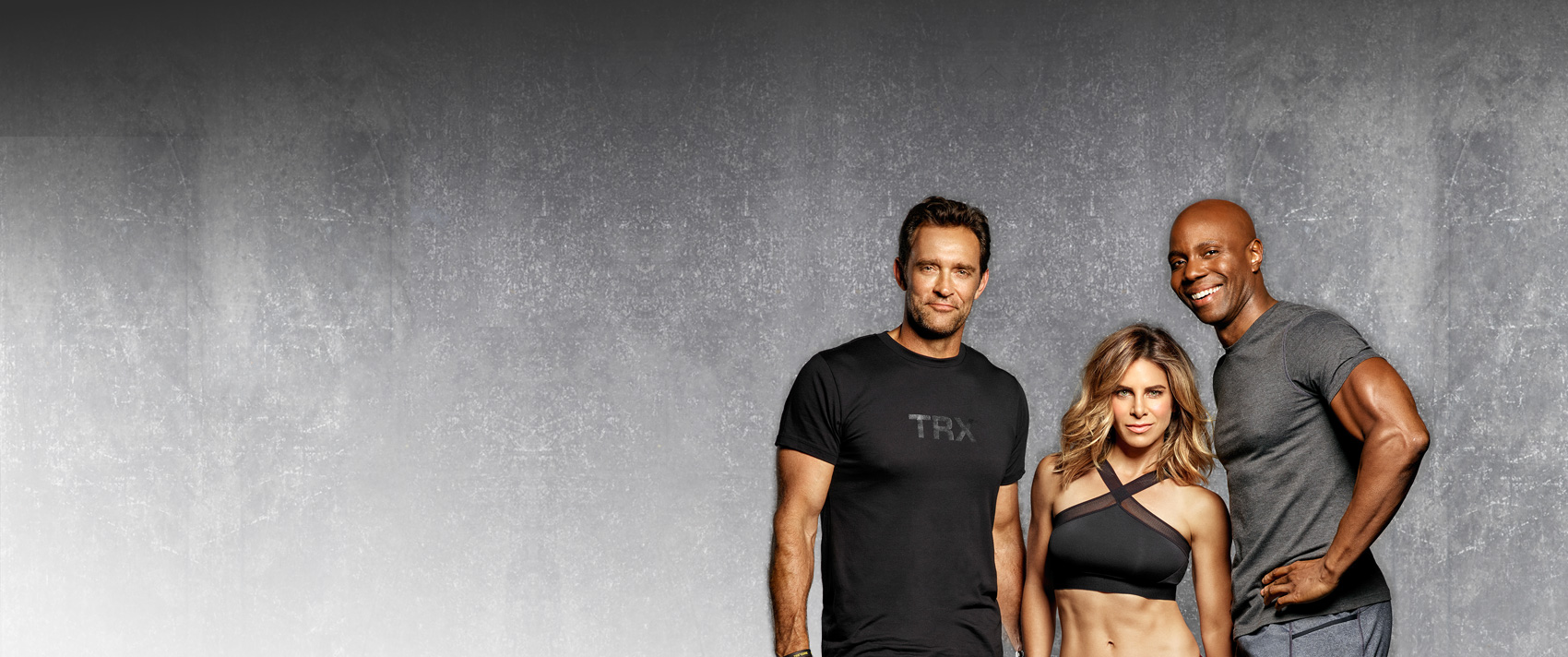
Certainly, the internet economy makes that a thousand times worse. I’m not sure I could do today, what I did when first launching TRX. TRX is 12 years old. A lot has changed over that timeframe and in the earliest days of the company, if the climate was as fast as it is today, we might not have survived. Fortunately for us, we established ourselves as the pioneers. We were on the very front edge of functional training in general, but specific to the Suspension Training category we created. We were the only actual talent for a long time. That allowed us to build a brand that then could start to expand into other product categories and we were able to survive it, but it’s a very, very delicate dance to survive.
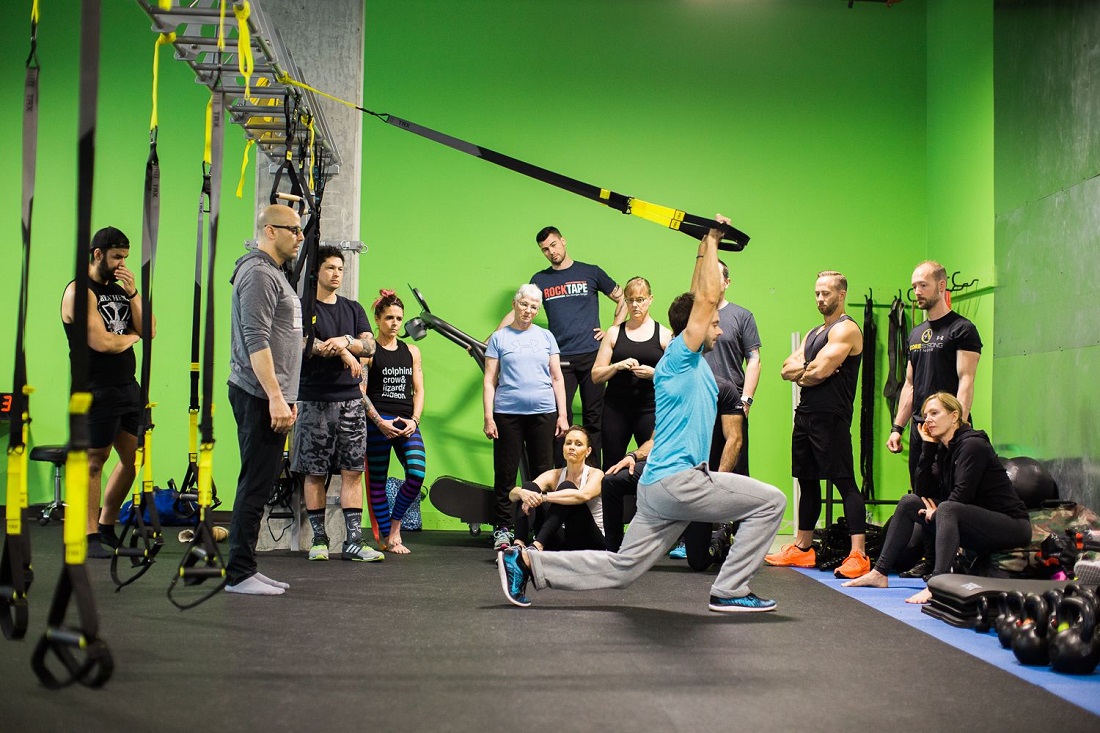
We didn’t have any big players for a number of years come in, but when they finally did, the mistake they made is they made the assumption that, “Oh, it’s just that easy. All we need is to create some straps and throw them out in the marketplace. Look what TRX has done.” Well, they didn’t account for the fact TRX had a decade’s worth of building the foundation of a brand. We had at least 100,000 – 150,000 trainers in 25,000 – 30,000 gyms utilizing the TRX product. They quickly found out that it’s pretty hard to come in and displace a brand who has that kind of penetration. We had Icon, one of the biggest home fitness companies in the world come out with a knockoff where they spent a lot of money promoting it, even producing an infomercial with Jillian Michaels and George St. Pierre. It ended up failing miserably because they underestimated the complexities of delivering this kind of product with this kind of experience to consumers.
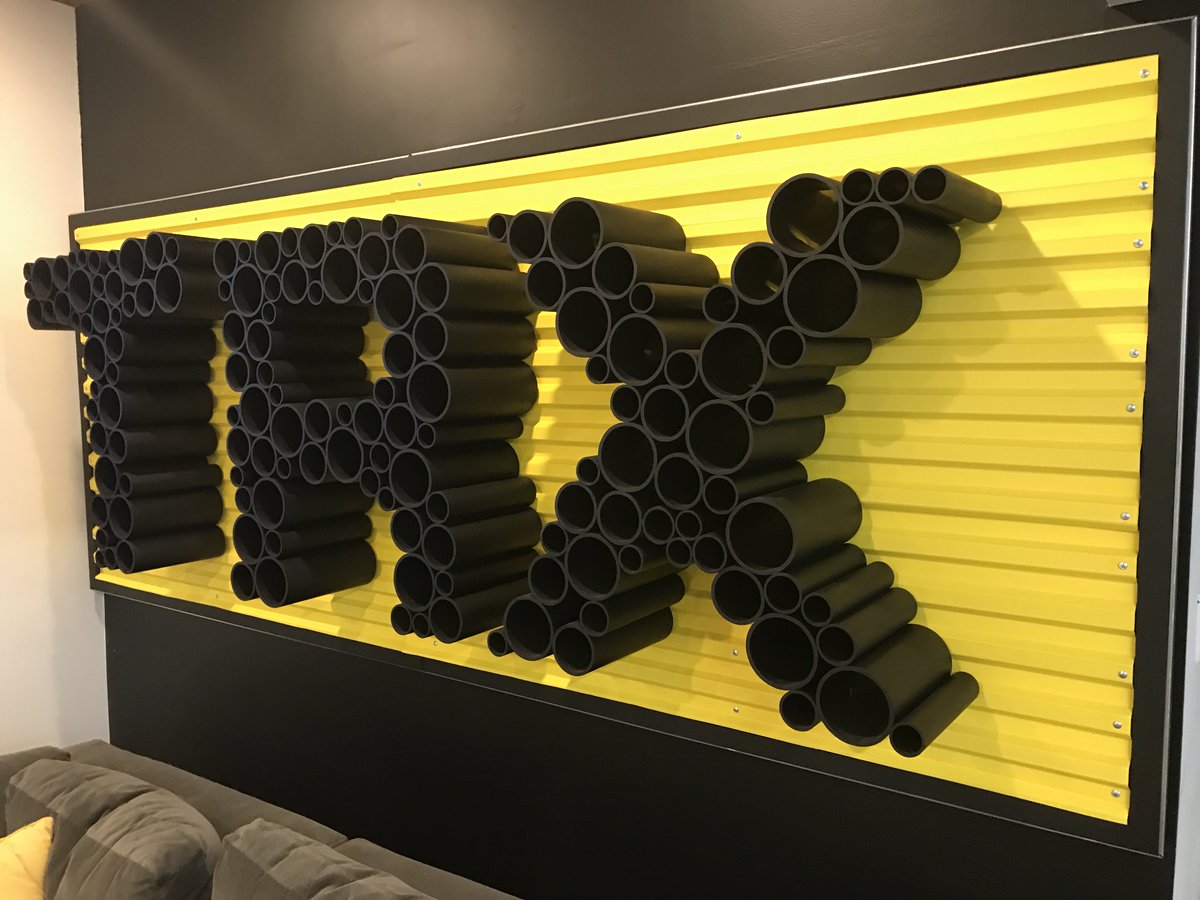
What advice would you give someone interested in launching a new product in the fitness industry today?
You don’t want to create a solution for which there is no problem. In fitness, there is a lot of that and I mean a lot of it. All these yokels now that pile in with their version of a strap, what is it that you’re trying to solve there? Particularly, the ones that are dead copies of the TRX suspension trainers, where is the problem that you’re solving? The answer is there isn’t one. Well, if you’re not solving a problem, you’re in for a rough road because now, you’ve got to convince someone of why they should use your product.
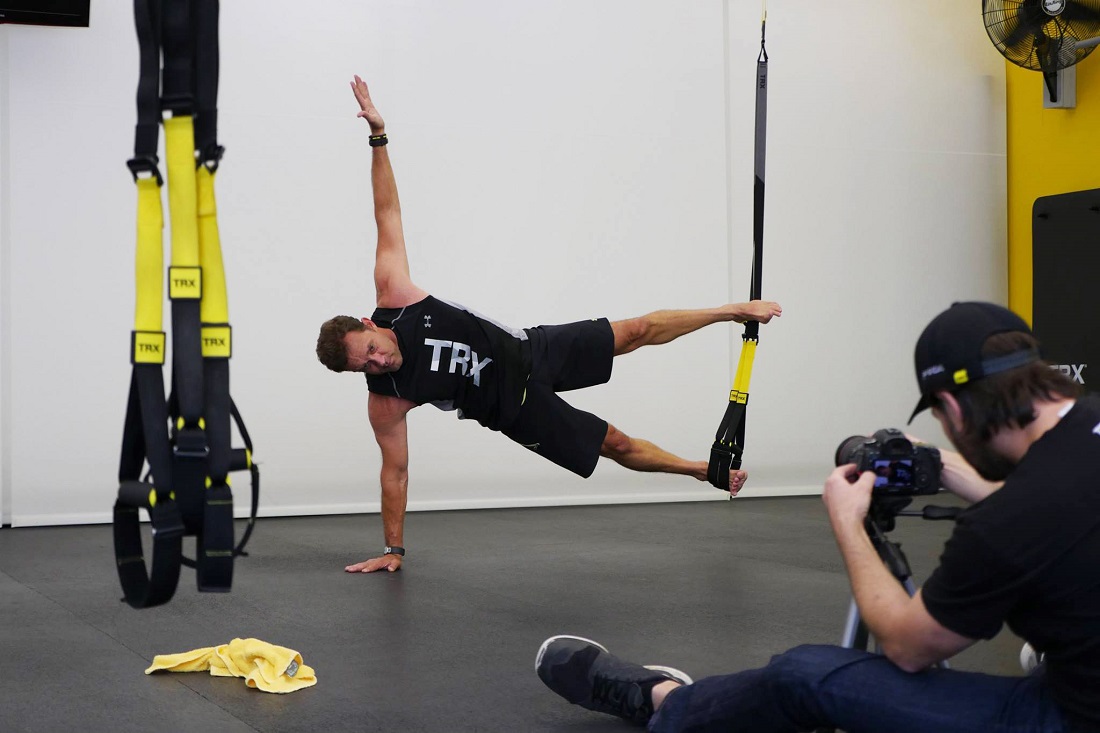
I think a lot of trainers make the mistake of thinking they understand how fitness works. They really want to get out of the business of being slave laborers to their eight hour job and believe they can realistically train clients. They come up with a thing. You name it, right? It’s a ball with two handles on the end of it. I’m not kidding. That’s a product. Well, okay, but why? They will create a whole story around, “Well, you can do all the ground work that would do with something like an ab roller,” which has been around, by the way, for like 30 years, “then you can pick it up and lift it over your head.” Really? Okay. So now you’re going to go out and you’re going to get this escalation of commitment that’s going to go into this.
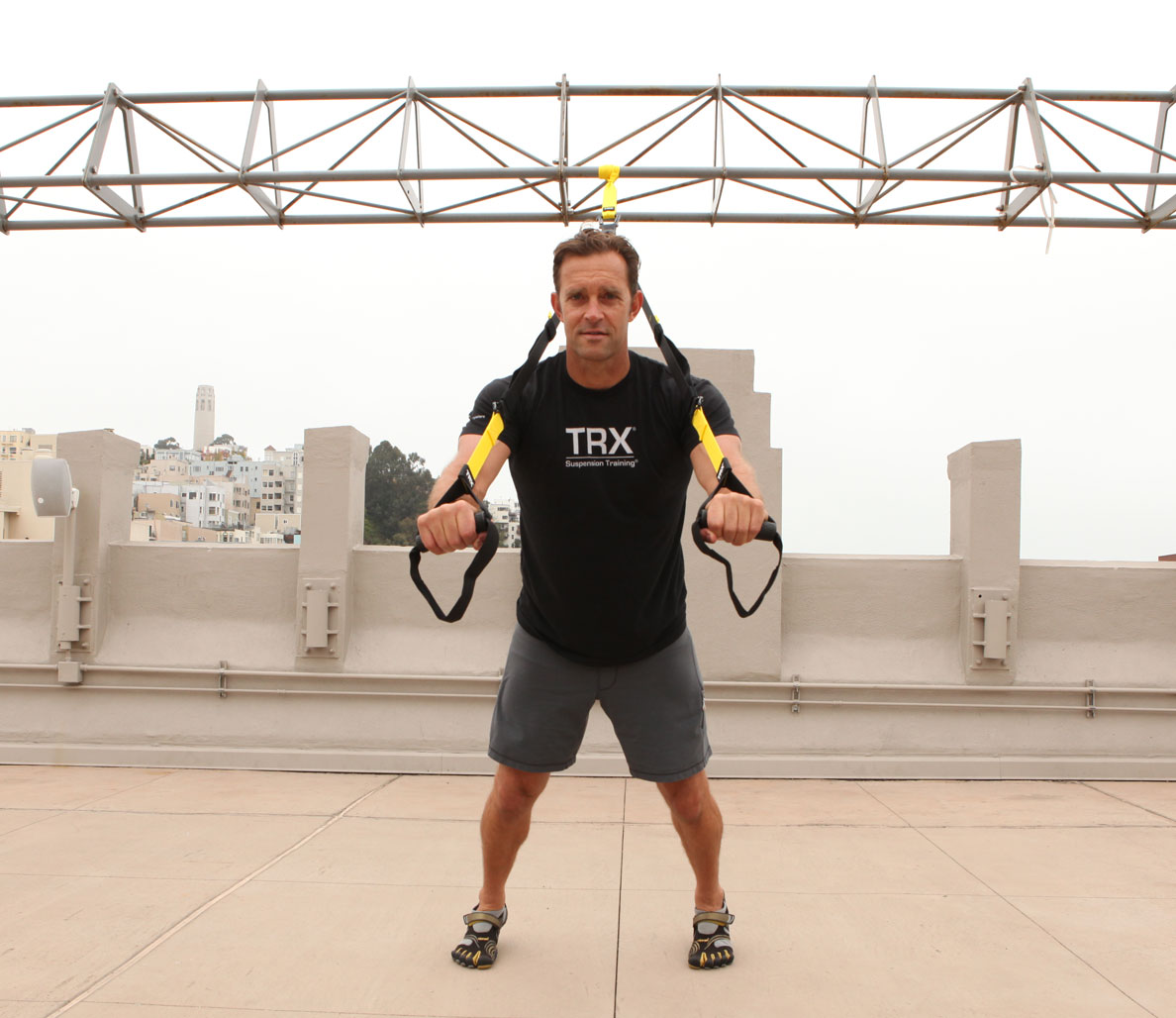
Your life is going to be taken over by this project. You’re going to beg, borrow, steal, anything you can to fund it, and you’re then going to try to convince people that they should buy this thing that isn’t really doing anything that there’s a critical need for. Well, that’s a really hard road. I see dozens of them a year. They hit the market. By the tradeshow next year, they are gone and with them, the dreams and the mojo of whoever the guy or the gal was that got behind it. You really need to make sure that if you’re going to bring a product to market, you really need to make sure it’s solving a real problem that you haven’t talked yourself into believing exists. If so, you might be able to make a lot more money taking your talents and deploying them on behalf of some other brand that’s already out there. I very often see that and I’m like, Why not just come say, hey, I’d like to distribute for your,” or “I’d like to create content for your or I’d like to do any number of 10 things you might pay me to do.” Instead, “I’m going to bring this slightly altered knockoff of your product and compete head to head with you.” Dude, there are better ways to live life.
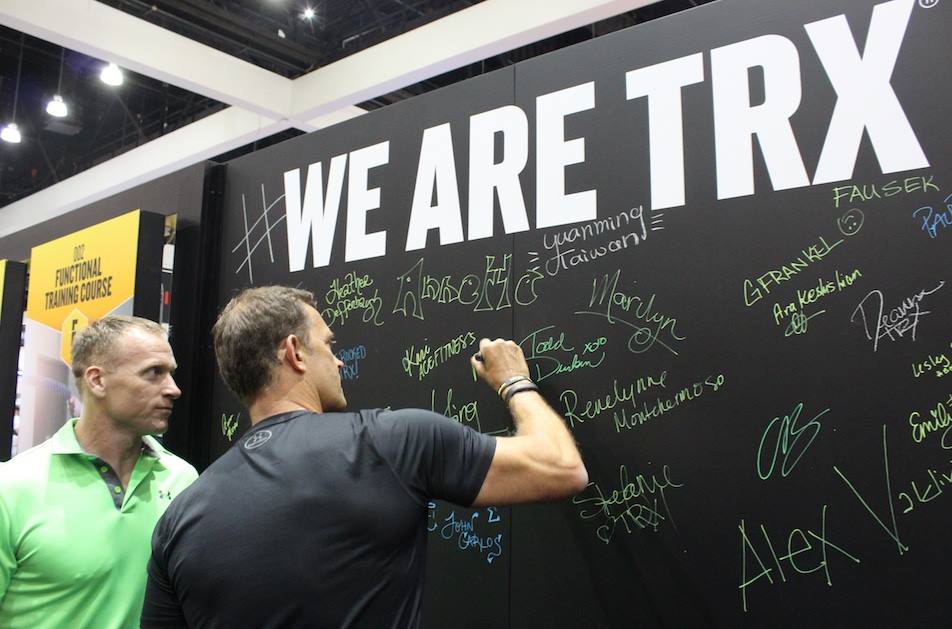
Any parting words for anybody that is trying to break into this industry?
I think understanding the trade show industry as it relates to the world of fitness. There are really two big trade shows you can go to. The IHRSA Show (International Health, Racquet & Sportsclub Association) is the no. 1 kind of place where all the global club owners attend. If you’re international. FIBO is the European version of IHRSA. There is also the IDEA World Convention is the biggest show for fitness professionals. One show is for club owners and the other is for the staff within them. Those are the two big shows.
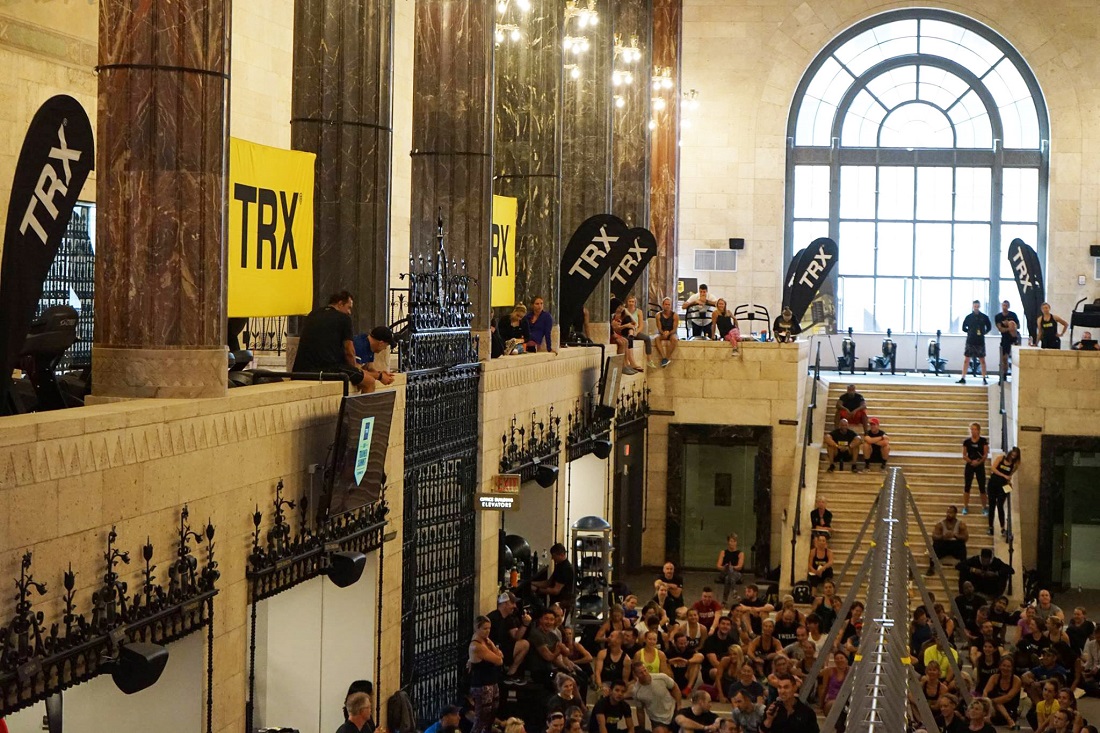
In terms of books, my favorite book to this day for any entrepreneur is Alfred Lansing’s Endurance. It’s the story about Ernest Shackleton’s expedition of the South Pole back around the turn of the 19th century. It really is a study in leadership under adverse conditions. If you’re going to be an entrepreneur, you really need to understand that you’re going to face a lot of adversity in getting your concept off the ground and then you’re going to face even more adversity as you try to scale it.Adversity isn’t necessarily a bad thing if you’re up for it, you understand it, and you take that honest part of the challenge that you want to surmount. Those are a couple of thoughts. I think that reading, staying current on entrepreneurship, reading Inc. Magazine and Fast Company, those are really useful things. You get a lot of perspective out of those in a bite-size format.
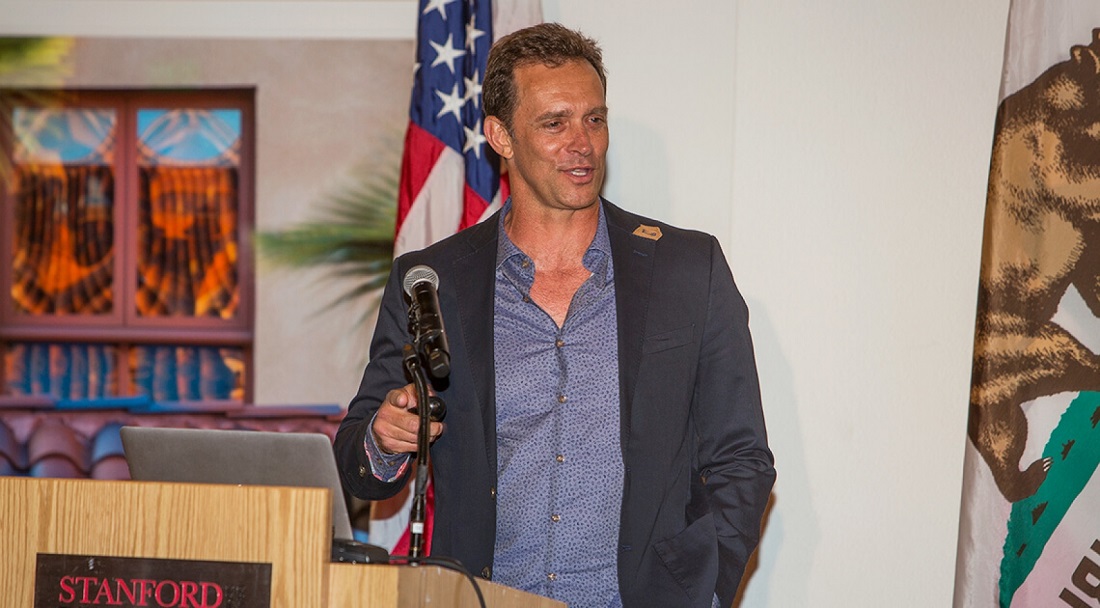
We want to thank Randy for sharing his awesome story. You can follow Randy at the following places:
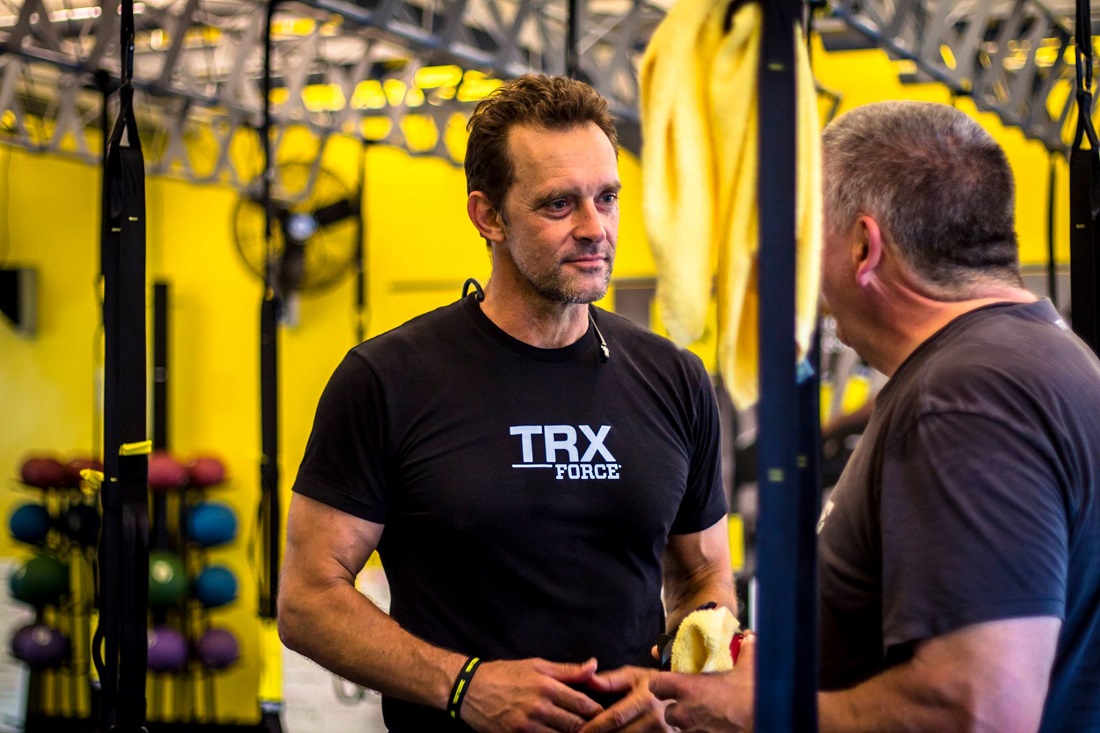
“If you just keep cranking, you stay focused, you don’t let the artificial summits break your heart, you don’t buy into the binary view of ‘If I screw up, I’m done,’ then you realize that
failure is part of the process of getting where you want to go. That’s when your really lofty – and almost preposterous – goal suddenly becomes not so preposterous. It becomes reasonable.”
– Randy Hetrick
